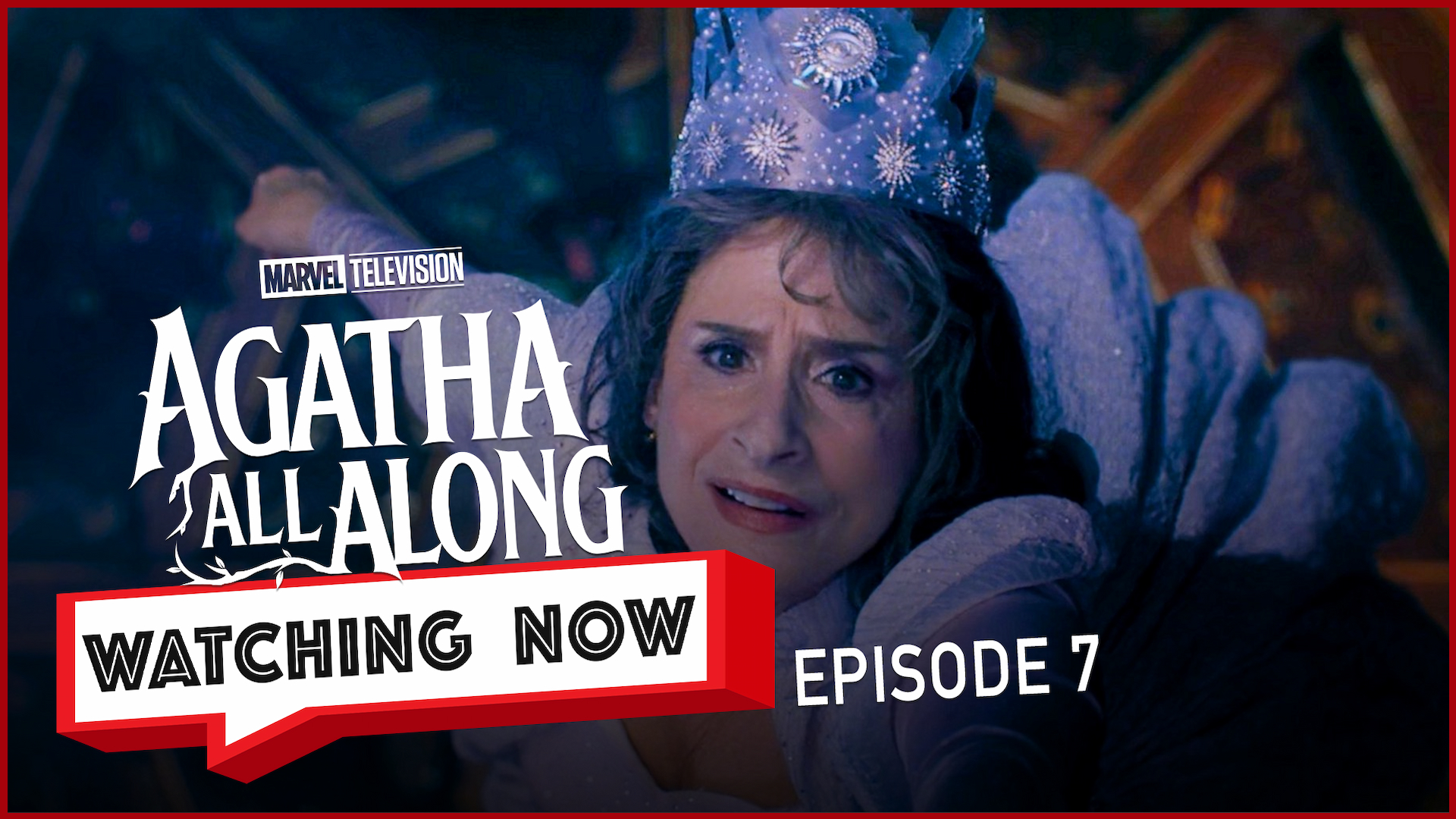
In case you missed it, the new Rurouni Kenshin anime series launched in Summer 2023 and hit Crunchyroll in the fall. In my previous article, I gave my history as a Rurouni Kenshin fan and why I think that the new series is the adaptation I’ve been wanting to see for years. Here, let’s look at five reasons that both new and long-time fans should be watching this series.
When it comes to the overall visual experience in this new series, the creative team over at Liden Films, under the direction of Hideyo Yamamoto, has brought the Kenshin story into a new anime era. The show has the rich backgrounds, bold coloring, and compelling visual effects that are typical in today’s digitally-finished animation. This new style brings out more nuances during action scenes compared to earlier adaptations, adding complexity to the emotional impact. You’ll find the quality on par with other anime series, making it a modern reproduction of the Rurouni Kenshin story.
Even with the new look, Terumi Nishii‘s character design in this new series sticks close to the manga artwork from both the original release (Rurouni Kenshin: Meiji Swordsman Romantic Story, 1994-99) and the Rurouni Kenshin: Restoration (2012-13). The storyboard also dials back the amount of time characters have exaggerated facial expressions (like swirly eyes when stunned), reserving them to make a bigger humorous punch when they show up. The adjustments make the characters feel both connected to the original manga and grounded within the updated look of the series.

Note that my take is shaped more by the manga and my love of modern anime. YouTube creator and animation analysis guru Forgotten Relics offered a slightly different take in a side-by-side comparison of the first episodes of the 1996 and 2023 anime series. Forgotten Relics explains the visual complexity in the 1996 animation that isn’t realized in this new version. I agree that there is beauty in the 1996 series’ shot composition and lighting, particularly in simple dialog scenes. But I prefer Nishii’s character designs and the animation during action scenes in the 2023 series. The two anime are just different experiences, both worthy of praise for their visual appeal, and I encourage people to check out both if they become fans of the story.

Yamamoto and team seem to be following Nobuhiro Watsuki‘s original narrative with all of the same characters. As I revisited the original manga run while watching the 24-episode season, the only story differences I spotted were minor tweaks. As I mentioned in my previous article, those tweaks seem targeted at building up Kenshin’s moral character and creating a sharper contrast between his “rurouni” and “Battousai” natures. The result is an enhanced emotional impact each time he makes that switch.
The anime also mostly preserves the narrative sequence from the manga. One exception is in the opening flashback in Episode 1: it introduces Hajime Saitô and the Shinsengumi, though they don’t appear until later in the original story. But looking at how the anime’s first 24 episodes are framed end-to-end, this change felt more like setting up a one-season arc with foreshadowing rather than abruptly changing the story’s sequence. It’s a nice touch!
The other notable exception to the original sequence is episodes 20-21. That content comes from the Act Zero story that Watsuki created in the Restoration run for Jump (published in Jump Square) in advance of the first live-action film’s release in 2012. Watsuki used Act Zero as an opportunity to fill in what he felt were missing pieces of the story covering why Kenshin had chosen to stop his wanderings. The new series sets this “prequel” as a story Kenshin tells about his past in episodes 20-21 of the new anime. This choice has allowed the creators to perfectly pace out the narrative across a 24-episode season while ending on the iconic cliffhanger leading into the Kyoto Disturbance arc.

The creators have enhanced the story’s historical context. Watsuki’s story already had built-in dialog and scenes that touched on the political conflicts of the Bakumatsu and the civil war that led to the end of the Tokugawa shogunate and the start of Japan’s Meiji imperial era. Watsuki also added supplemental explanations in the original volumized releases of the manga. This 2023 series takes a similar approach, occasionally supplementing a scene with a brief cut to an off-screen narrator and visuals. This orients the audience to significant people, events, and societal norms in this era of Japanese history, all of which Watsuki carefully built into his narrative. I eat historical and cultural contexts for dinner, and this was a delightful meal!
If you love shows that have fictional characters deliberately created to exist alongside people and events from real-world history, you should enjoy how this new Rurouni Kenshin series has immersed the story in its historical context.

The casting for both Japanese and English actors in the 2023 Rurouni Kenshin fits well with Watsuki’s characters and with what Yamamoto needed in the production. In particular, I cannot express enough how great Sôma Saitô is as Kenshin Himura, and Howard Wang delivers an authentic and satisfying English dub. I took time to listen to both performances side-by-side in a few scenes, and they were both perfect! They’ve made me fall in love with Kenshin all over again.
Bang Zoom! made smart casting decisions for the English dubs. That said, it took a few episodes to get used to hearing them all. For example, Darius Marquis Johnson as Sanosuke Sagara was a great choice, and Darius is kicking ass, but it took me a few episodes to adjust to his delivery. I chalk that up to my brain, though, because I’ve spent years with an idea in my head for how Sano should sound (tone, inflections, etc.). As both a long-time fan and a voice actor, I’d love to hear others’ thoughts about the English cast.
I gotta start with the opening and closing credits: the production team chose some kickass music for both the front and back halves of the season. My personal favorite is Reol’s “Edge,” which also has a cool music video (check it out above), and I’ve discovered another ska band to follow in Tokyo Ska Paradise Orchestra! Here’s the full list of tracks with links to their gorgeous animated credit sequences:
While the credits music offers tasty bookends to each episode, the original score (or its absence in certain moments) nicely builds the emotional impact of each scene. This is expected in anime, but it’s always worth pointing out a great anime OST. This one is worth a listen!
Completing the overall audio experience is some great sound design. Sources of Foley are edited into the auditory space to immerse the viewer, like standing inside the scene itself. For the full effect, watch the show using a good surround sound system or headphones.

Watuski intended Kenshin to have a clear delineation between his dual natures: the brutal “Battousai” and the gentle “rurouni.” On film, an actor’s vocal tone and mannerisms can clearly create such a distinction, and we see that in Takeru Satoh‘s portrayal of Kenshin in the live-action films. Watsuki did this in the manga by drawing Kenshin’s face differently and by giving his “rurouni” distinctly different speech patterns. When it comes to those speech patterns, it’s an important part of the story that Kaoru Kamiya, who is head over heels for Kenshin, notices the change in word choices when he shifts between “rurouni” and “Battousai.”
I’m a language geek, so studying Kenshin’s language shifts in the manga was fun for me. In Japanese, the “rurouni” Kenshin shows a samurai’s deference in speech by using the archaic verb structure “de gozaru” instead of the modern “desu” (appearing at the end of his statements). But when the “Battousai” comes out to slay, he drops the politeness. The English translation of the original manga preserves this effect by having Kenshin shift between referring to himself in the third person (“this one”) versus the first person (“I” or “me”) when he’s the subject or object of his statement.

The 2023 Rurouni Kenshin anime is keeping Kenshin’s distinctive speech patterns alive. The Japanese script largely follows the manga in using “de gozaru” as Watsuki had used it in Kenshin’s dialog. In addition, the English subtitles and dubs take the same approach used in earlier anime adaptations: adding “to be” verb phrases like “that it is” at the end of statements that use “de gozaru” in Japanese. These phrases, combined with the actor’s gentle delivery, recreate the intended effect in English.
Both the Japanese and the English have also kept Kenshin’s iconic “Oro?” reactions from the manga! I was ecstatic about this because it’s such a unique part of Kenshin’s rurouni charm.
That’s my (sword) stance on why you should watch the new series. Have you seen it yet? What do you think? I’d love to hear takes from both fans and folks who are new to the series.




